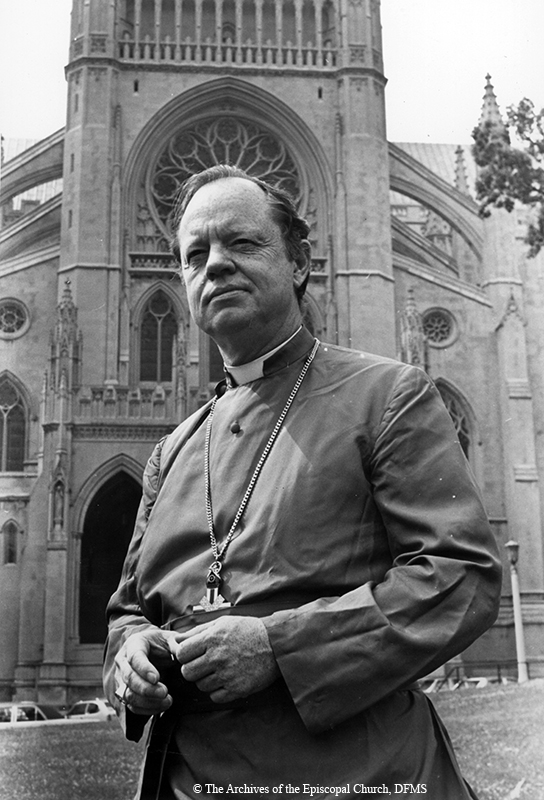Church Breakaway
Fracture
The ordination of women and Prayer Book revision were catalysts for fracturing the Episcopal Church’s culture of consensus and shared authority among the increasingly partisan leadership of the two ordained orders. In 1978 the Anglican Church in North America split from the Episcopal Church, driven by disagreements over actions taken in the 1976 General Convention.
On January 28, 1978, Bishop Albert Chambers, retired Episcopal Bishop of Springfield, Illinois, ordained four bishops in Denver, Colorado, as part of the new church. Comparing these schismatic actions to those taken by the bishops ordaining the Philadelphia 11, Allin said, “We have again been painfully reminded that bishops of the church are not free to perform episcopal acts without proper authorization by the Church and out of the context that has been set forth by the Church for such acts.”58 Allin stated that he and Archbishop of Canterbury Donald Coggan, leader of the Anglican Communion, agreed “that the new ecclesiastical body is not in communion with the See of Canterbury nor with this Province of the Anglican Communion.”59
While Allin deplored the actions of those responsible for breaking the unity of the Church, he was clear that all members would be welcomed back to the Episcopal Church if they chose to come. The Church should “make certain that the door is kept open to those who might wish to return to communion with us after an initial decision to leave the Episcopal Church.”60 Allin stated: “The prayer of our Lord for his followers “that they may all be one” is not served by forming new groups. I pray that all of us may be able to work together within our fellowship for the healing of relationships that are broken and for the renewing of the life and work of the Church.”61


